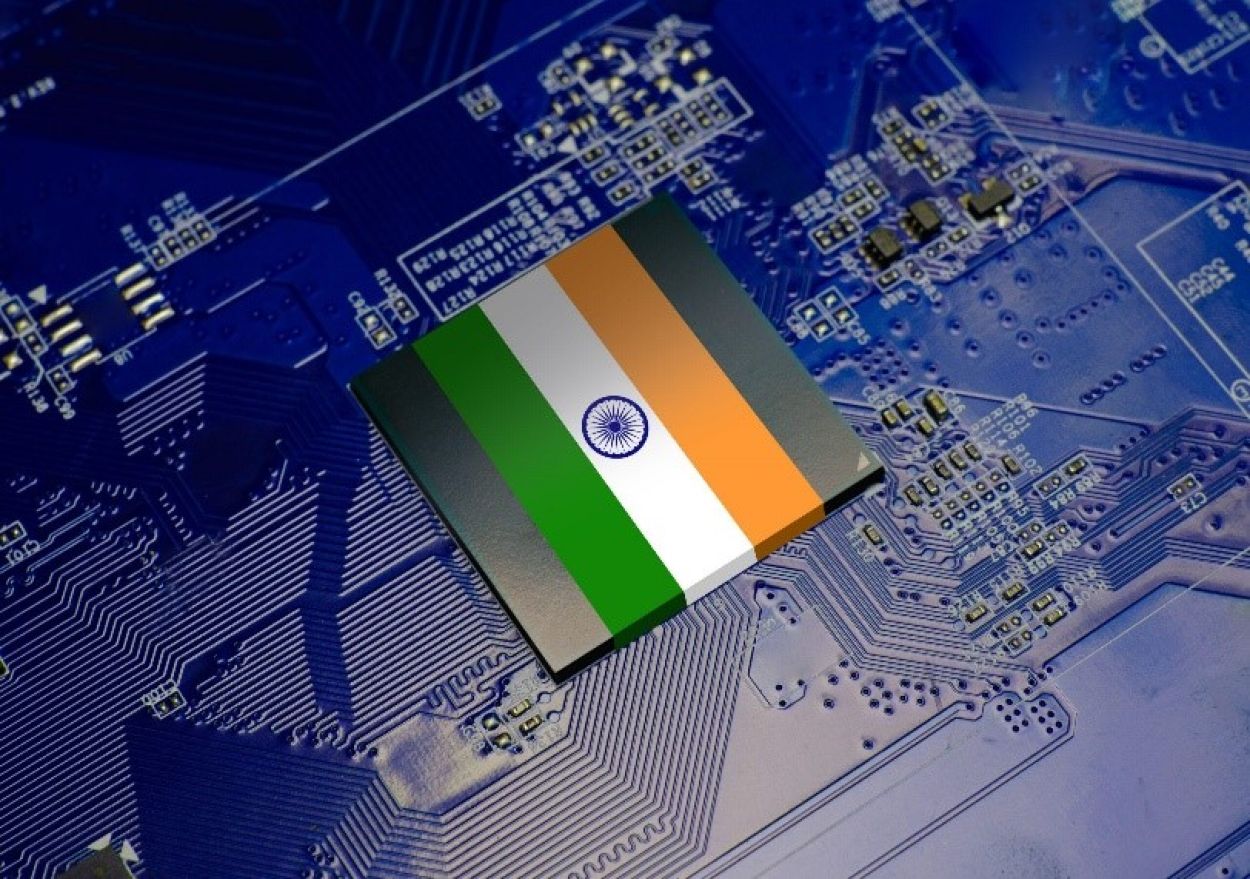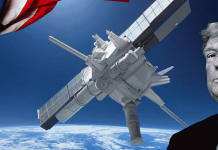By Vaishali Basu Sharma
The Indian government has approved the India Artificial Intelligence (AI) Mission, with an outlay of Rs 10,372 crore ($1.2B) for five years, to encourage AI development and supercomputing capacity in the country.
The starting point of its ambitious AI mission is to enable access to 10,000 graphic processing units (GPUs), as the demand for GPU-based servers has increased because they can process data at a higher speed compared to CPU-based servers. GPUs are essential for the creation of artificial intelligence-based applications and models.
India’s mega AI mission will operate on a public-private partnership model and extend GPUs as a digital public infrastructure that can offer AI-as-a-service, and also provide access to targeted funding for AI startups. The graphics processing units approved under the IndiaAI Mission will be made available in the next 18-24 months.
As the buzz around artificial intelligence and generative AI continues to grow, the government’s mission is to fill a major investment gap in generative startups.
For instance, between 2013 and 2022, investments in India stood at just $8 billion, whereas the US saw nearly $250 billion in private investments in AI startups.
In fact, given the scarcity and exorbitant costs of this infrastructure, startups have been demanding the creation of a GPU cluster that they can have access to. Access to a GPU cluster makes it easier for AI startups to attract more investments.
Investing in 10,000 GPUs and making them available to researchers and innovators is a step towards making India the AI application capital of the world. Shedding dependency on models from the likes of OpenAI and MetaAI, startups can now create foundational models from scratch for a variety of applications.
According to information technology minister Ashwini Vaishnaw, “The focus is on developing the entire ecosystem, from compute power to models, from applications to talent, and from data platform to regulatory framework.”
Texas-based global cloud computing company Rackspace Technology is keen to establish a data center in India as more local firms adopt artificial intelligence. In India, Rackspace has 142 customers from sectors such as manufacturing, particularly automobiles and consumer packaged goods, retail, logistics, and banking.
The forecast for India’s AI landscape looks buoyant. Stanford AI Index 2023 ranks India as the global leader in AI skill penetration. It is estimated that through GenAI adoption, India can potentially add $359-438 billion to its GDP in 2029-30, over and above its baseline estimates.
And in seven years from now, GenAI’s contribution should translate from $1.2 trillion to $1.5 trillion cumulated GDP. As per a report titled ‘AI’s Role in Turbocharging the Industry,’ authored jointly by IT industry body Nasscom and the Boston Consulting Group, India’s market for artificial intelligence is set to expand at a compound annual growth rate (CAGR) of 25% until 2027, driven not only by increased investments but also by a burgeoning talent pool and concerted efforts by companies to upskill their workforce.
But there is also a corresponding increase in the demand for AI skills.
According to Statista, investment in AI technology will reach almost a trillion dollars by 2024. And companies are accelerating the rollout of their AI technology to automate their tasks. For example, caller identification app Truecaller has announced the launch of an AI-powered call recording feature in India, allowing for a detailed transcription of the entire phone call, along with an AI-generated call summary.

During his recent visit to India, Microsoft chairman and CEO Satya Nadella highlighted the country’s unique potential to realize the promise of AI. Stating that the momentum around developers and development in India is “unbelievable,” Nadela pointed out that India is expected to overtake the US as the largest developer community on GitHub by 2027; “Today, as we speak, India is number two only next to the United States in terms of the total number of developers on GitHub, and it’s going to cross in 2028, I believe, or 2027… it is going to cross… So it’s going to be the place where the most number of developers are going to be in.”
It is indeed the opportune time to venture deeper into the convergence of advanced algorithms, data analytics, and computational power, creating a unique AI ecosystem whereby applications unlock new frontiers extending beyond automation and cost reduction.
From Bhasini, which makes digital services more accessible in non-English Indian languages, PM-KISAN chatbot catering to the linguistic and regional diversity of farmers, AI-powered early warning system CottonAce, an AI-driven sowing app that encompasses 45 years of rainfall patterns, AI and image recognition tech for near-real-time traffic and city infra-monitoring, to several other adaptations, India is developing and deploying AI solutions to meet multiple developmental challenges.
- Vaishali Basu Sharma is a strategic and economic affairs analyst. She has worked as a consultant with the National Security Council Secretariat for nearly a decade.
- She tweets at @basu_vaishali.




